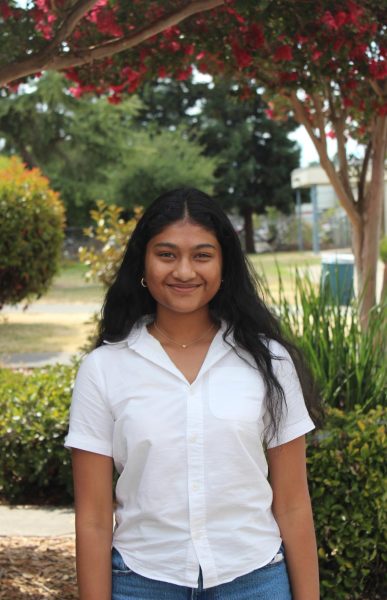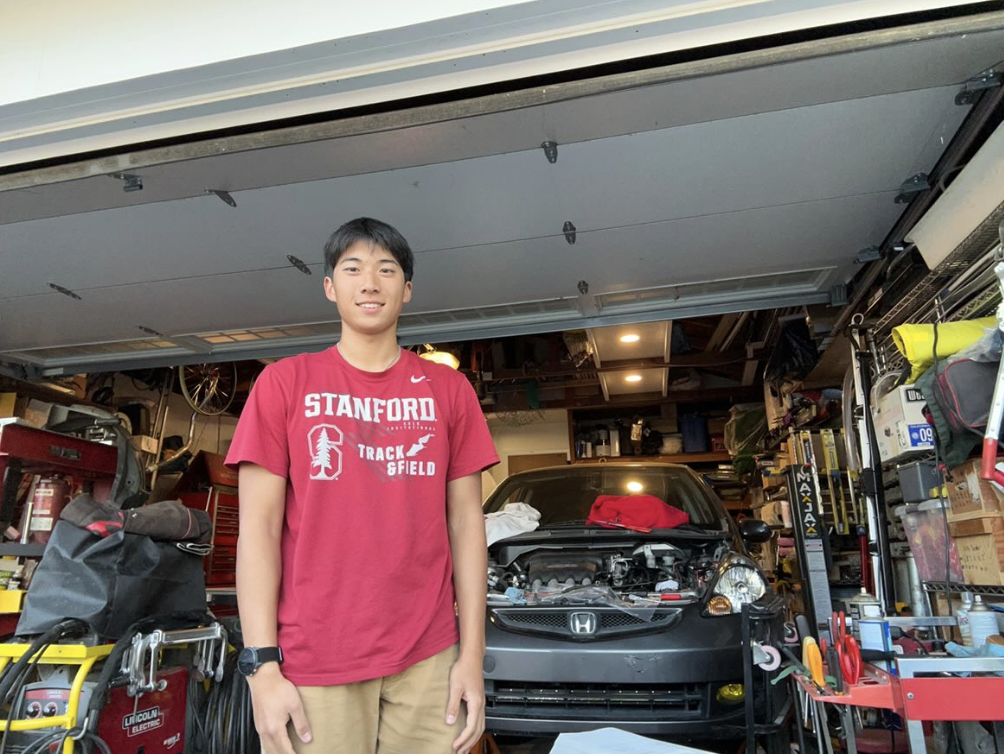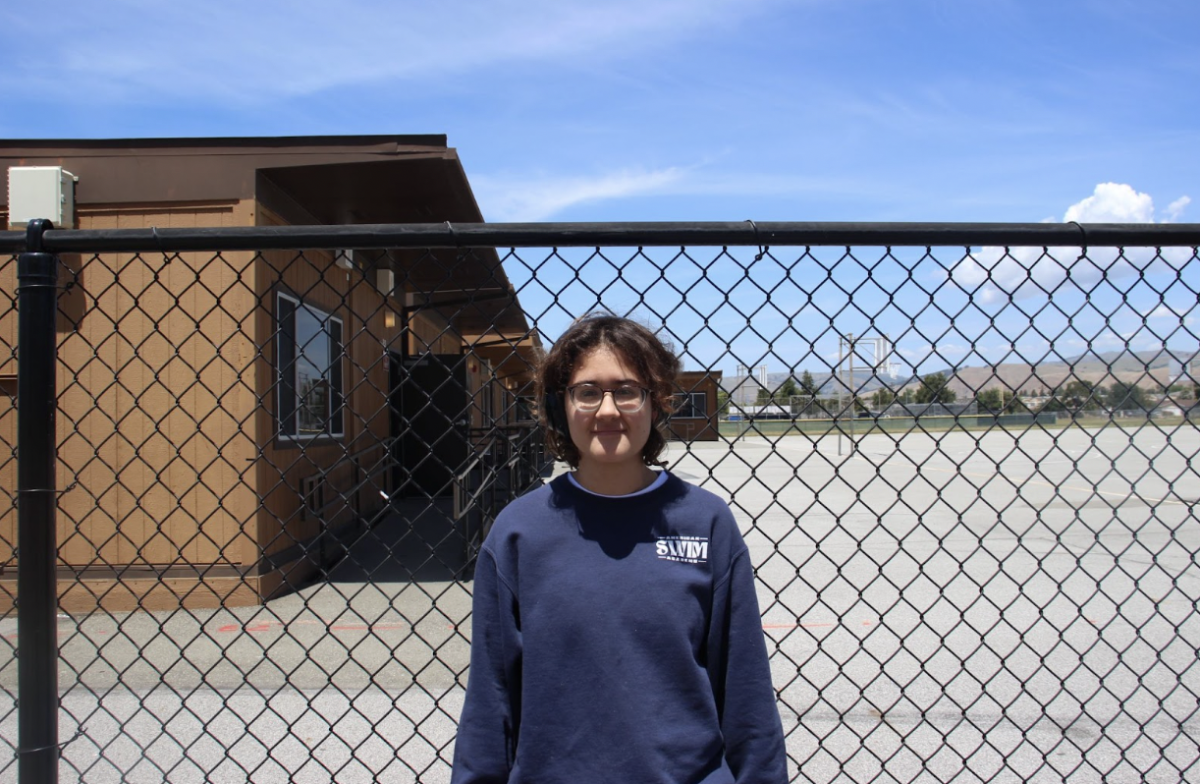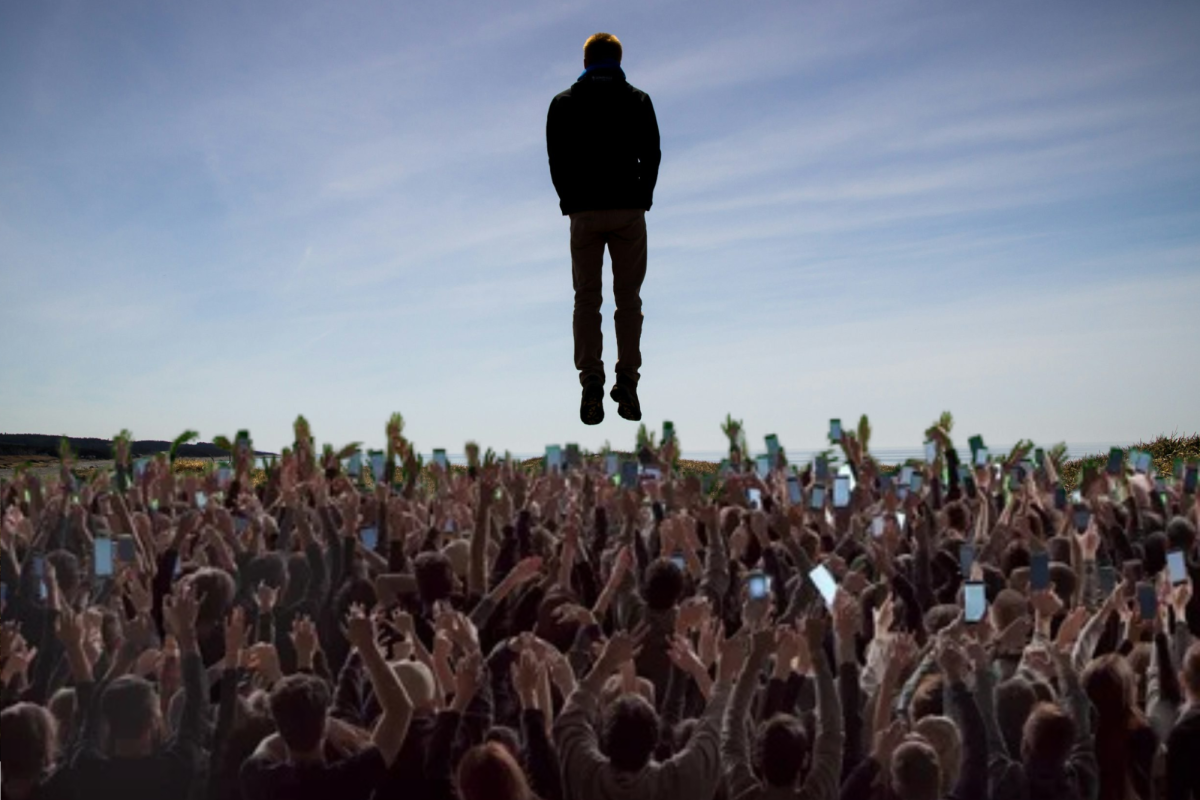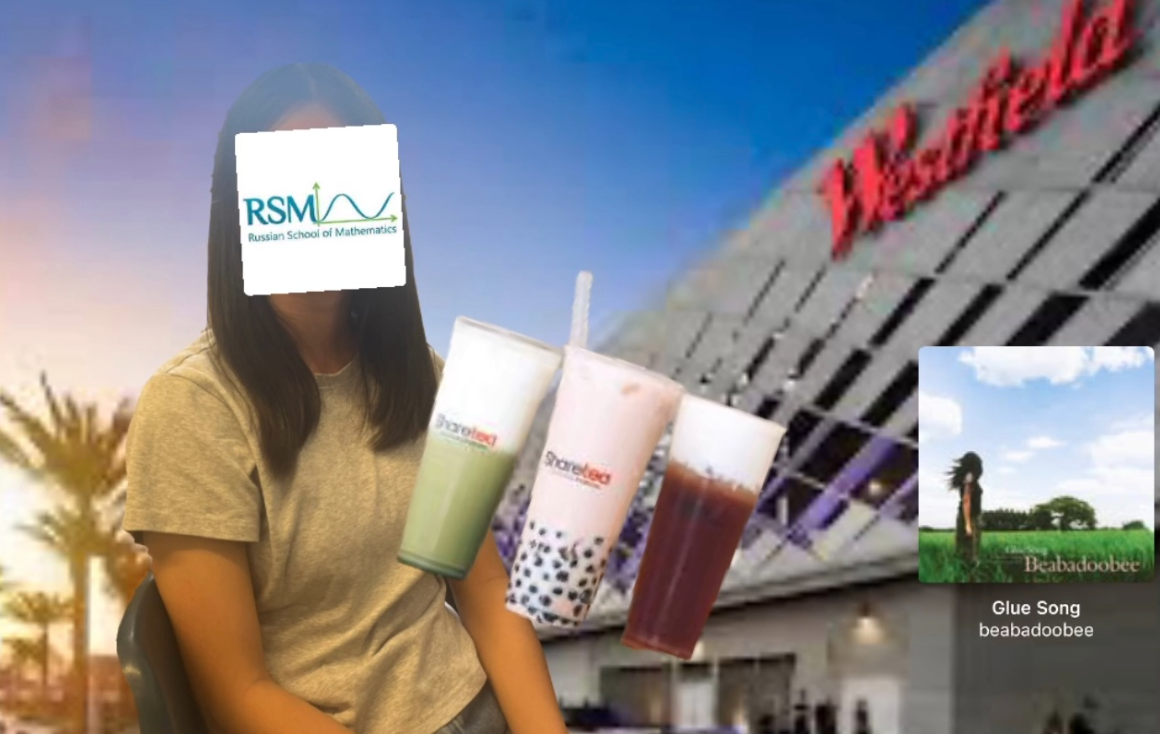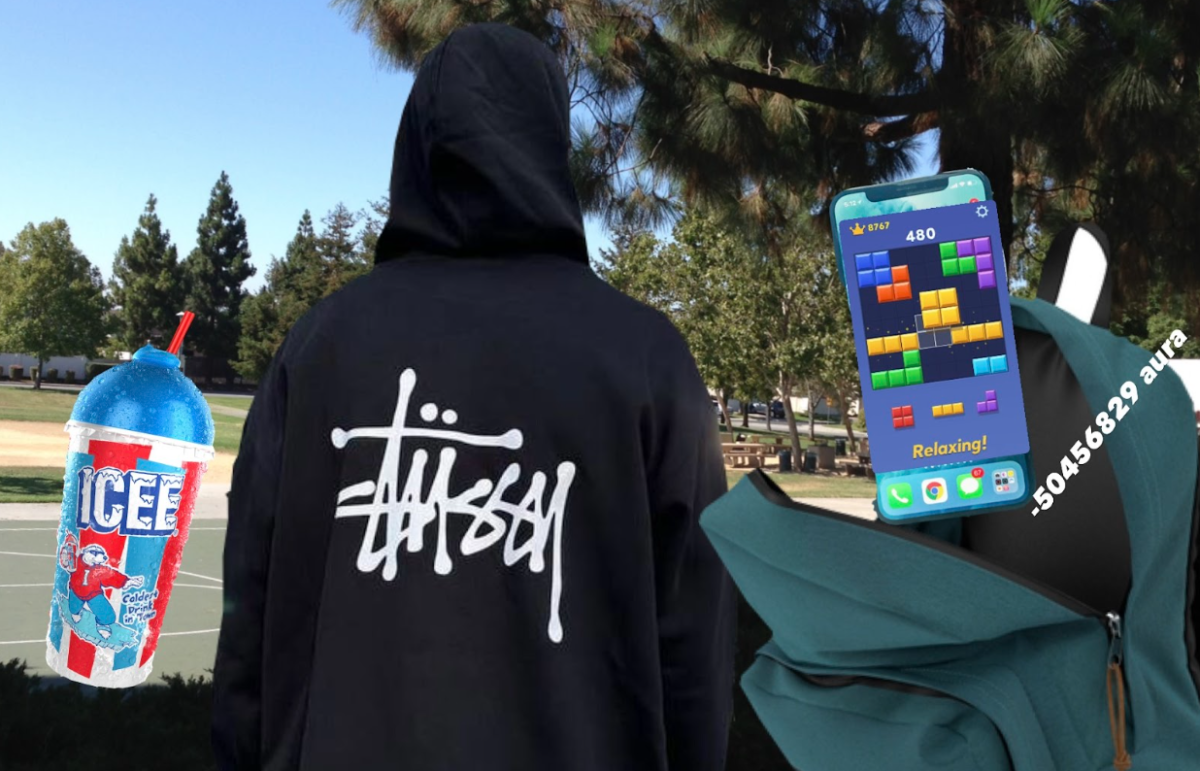LAASYA KANAKADANDI (11) “I first got introduced to the veena through my mom. She used to play the veena when I was younger, and I began to develop an interest in it. A moment that inspired me to learn was watching my mom’s first concert; I really wanted to learn and perform like her. I’ve been playing for seven years now. My first teacher was in India and when I learned from my current teacher, that is when I became serious about the instrument.
The most challenging part of being a musician in general is balancing music and other work. Playing the veena requires dedicated practice, and with school and other commitments, it becomes a bit difficult to manage. In Carnatic music, be it singing or playing an instrument, you require a basic sense of pitch, tempo, and foundations in Carnatic theory., the most important aspect is to practice.
I think the veena is a very core Indian Carnatic instrument, especially as other Carnatic instruments, such as the violin have Western backgrounds. So it’s unique because it best produces carnatic songs the way they are supposed to be performed. Personally, my favorite song on the Veena is “Mokshamu galada,” and I haven’t learned it yet but hope to soon. Although I also sing Carnatic songs, it doesn’t really affect my ability to play the veena since they both are pretty distinct. It does help me with basic pitches, but apart from that, it actually makes it harder to pick a style when I learn a piece in both forms. I tend to lean more towards my veena side which creates conflict with my singing.
My favorite memory was playing last year for my school’s 35th anniversary. I got to play alongside my guru (teacher), which was super intimidating but also gratifying. There’s an aspect of music called “manodharmam” where you get to be creative while making music which is really fun but also super challenging. It’s difficult when the raagams, or pitch genre that I’m working with, are not popular. Interestingly, math is also a part of this process, which means that to freestyle in singing, you have to use math. Carnatic music is my biggest connection to my Indian roots; I was never raised in an ultra-traditional and orthodox setting so I wasn’t the most religious. My music connects me to my culture as well as religion, which makes it my both artistic and spiritual safe space.
Some advice for aspiring musicians would be to make sure your foundations in theory are strong. Make sure to practice a lot and listen to music way more. Listening is what makes you a better musician, and practice makes you a better performer.”



